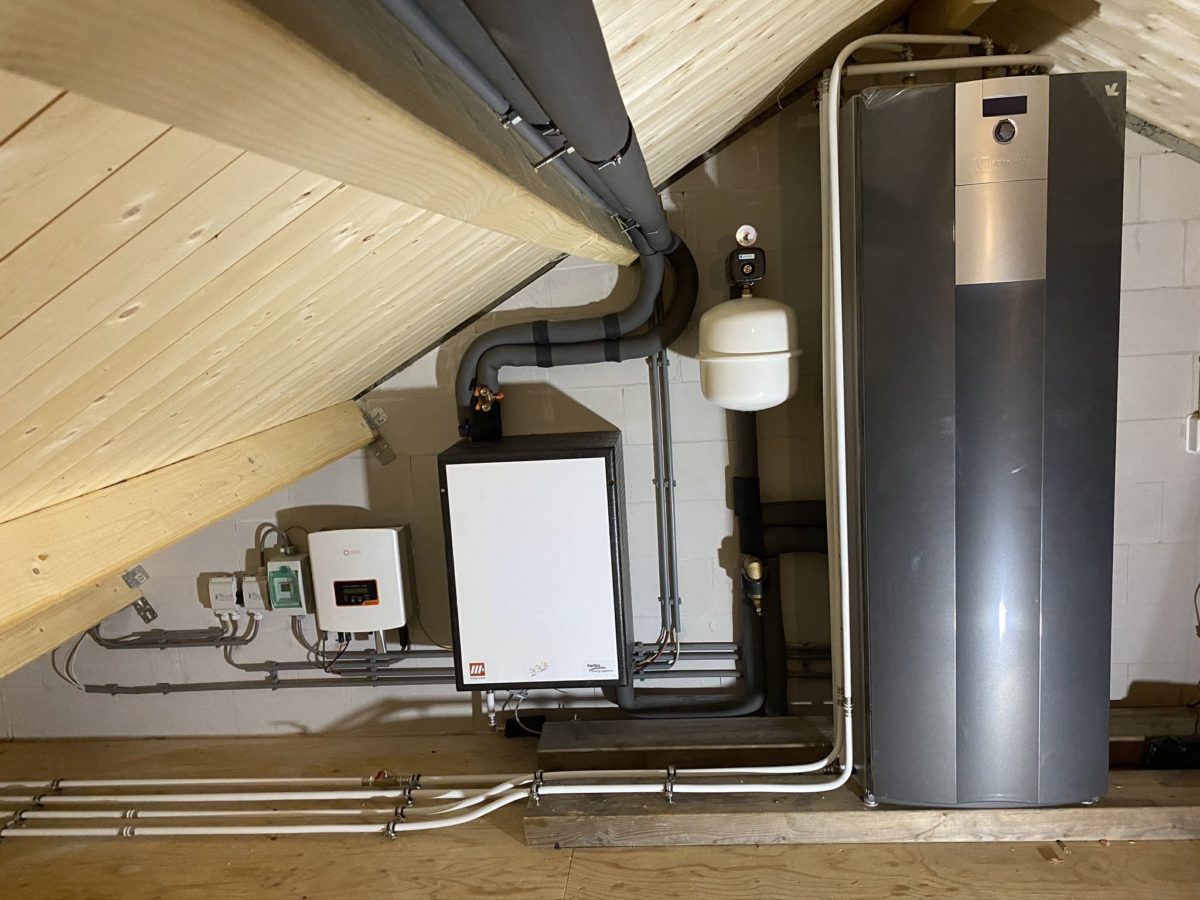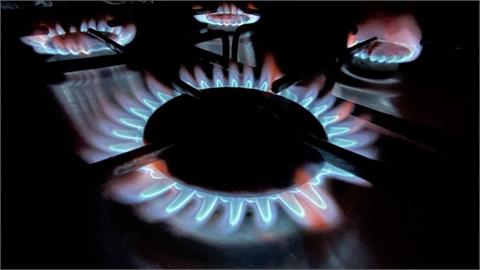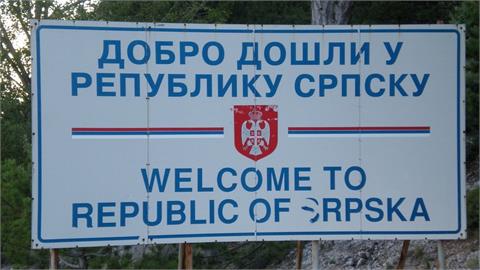by Emiliano Bellini* A consortium of scientists and companies led by the Delft University of Technology (TU Delft) has demonstrated the technical and economical feasibility of solar-powered heating of buildings in a given neighborhood, without the need for an external heat source
A consortium of scientists and companies led by the Delft University of Technology (TU Delft) has demonstrated the technical and economical feasibility of solar-powered heating of buildings in a given neighborhood, without the need for an external heat source.
Their concept was tested in the district of Ramplaankwartier in Overveen, a town in North Holland. The district consists mainly of semi-detached houses and terraced houses and is also known as The Green Village.
The proposed solar heating network is based on photovoltaic-thermal (PVT) solar systems that can generate both heat and electricity on the roof, a very-low-temperature heat network linked to heat or cold storage under the ground, and the use of heat pumps.
The network, which is also equipped with a box with pipes, pumps, and valves to ensure that the heat from the heat network and the PVT array is optimally used, is able to store all surplus heat from the latter in the underground storage during the summer. In the intermediate seasons, the heat is supplied by the PVT panels as well as by the heat-cold storage while, in winter, the heat is mainly supplied from the heat-cold storage.
Image: Test set-up at The Green Village. source: TU Delft *Emiliano joined pv magazine in March 2017. He has been reporting on
solar and renewable energy since 2009. Emiliano is responsible for the
daily news coverage on pv-magazine.com with a particular focus on
European market.
Emiliano also covers new technology, R&D, installations and company
financial reporting. In its previous experience as a journalist,
Emiliano has written about EdTech and new language technologies. (to continue reading visit here)




